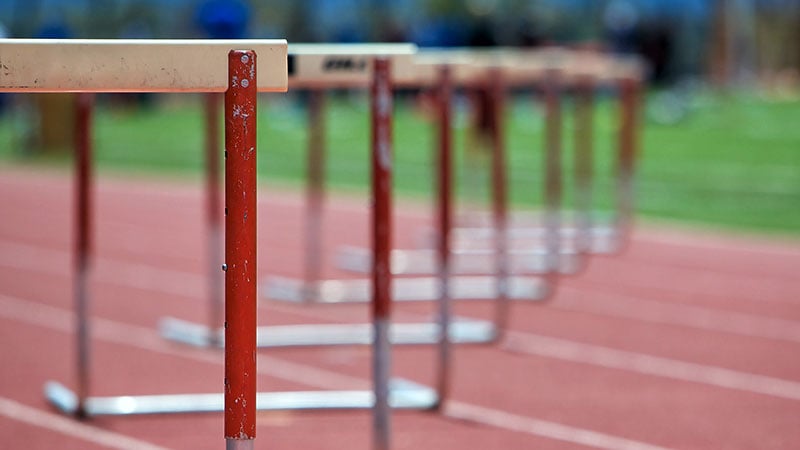Leadless Dual-Chamber Pacemaker System Study Reveals High AV Synchrony Success Rate
Core Concepts
Leadless dual-chamber pacemaker systems show high AV synchrony success rates.
Abstract
The content discusses a study on a leadless dual-chamber pacemaker system, the AVEIR DR i2i, which has shown promising results in achieving atrioventricular (AV) synchrony in patients. The system consists of two leadless pulse generators implanted in the right atrium and right ventricle, communicating wirelessly to provide AV-synchronous pacing functions. The study highlights the system's ability to maintain AV synchrony in various body positions and movements, potentially expanding the use case for leadless cardiac pacing. While the system demonstrated high success rates, it also faced some device- or procedure-related complications, including dislodgement and procedural arrhythmia. The study emphasizes the importance of more data to understand the long-term efficacy and complications of leadless pacemaker systems.
Translate Source
To Another Language
Generate MindMap
from source content
Visit Source
www.medscape.com
Leadless Dual-Chamber Pacemaker Clears Performance Hurdles
Stats
"Experienced operators achieved a 98% implantation success rate in 300 patients who received an investigational dual-chamber leadless system."
"Providing AV-synchronous pacing in 97.3% of patients for at least 3 months."
"The 1.7% dislodgement rate is something that we will need to keep an eye on."
Quotes
"The electrical performance of both the atrial and ventricular leadless pacemakers appears to be similar to that of transvenous dual-chamber pacemakers."
"Obviously, more data as the technology moves into clinical practice will be critical."
Deeper Inquiries
How might leadless pacemaker systems impact the future of cardiac pacing technology?
Leadless pacemaker systems have the potential to revolutionize cardiac pacing technology by offering more advanced functionalities and improved patient outcomes. These systems can provide atrioventricular (AV) synchrony through wireless bidirectional communication between multiple implants, allowing for dual-chamber pacing scenarios without the need for traditional transvenous devices. The success of leadless dual-chamber pacemakers, such as the AVEIR DR i2i system, in achieving reliable AV synchrony in various body positions and movements demonstrates the feasibility of expanding the use case for leadless cardiac pacing. This advancement could lead to increased adoption of leadless pacemaker systems for a wider range of pacing indications, including atrial-only, ventricular-only, and fully functional dual-chamber pacing scenarios.
What are the potential drawbacks or limitations of relying solely on leadless pacemaker systems for cardiac pacing?
While leadless pacemaker systems offer significant advantages, there are potential drawbacks and limitations to consider. One limitation is the risk of device-related complications, such as procedural arrhythmias and device dislodgement, as seen in studies like the AVEIR DR i2i trial. The need for percutaneous management of complications like device dislodgement can pose challenges and require additional interventions. Additionally, the long-term efficacy, battery longevity, and impact on clinical outcomes of leadless pacemaker systems need further evaluation. Another consideration is the limited data on the effectiveness of rate-responsive capabilities and potential interactions with other medical devices. Therefore, relying solely on leadless pacemaker systems for cardiac pacing may require careful monitoring and ongoing research to address these limitations.
How can the concept of a "local body network" revolutionize the field of medical devices beyond pacemakers?
The concept of a "local body network," as demonstrated by the wireless communication between intracardiac devices in leadless pacemaker systems, has the potential to revolutionize the field of medical devices beyond pacemakers. This technology opens up possibilities for creating interconnected networks of medical devices within the body, enabling more advanced and coordinated functionalities. For example, a local body network could facilitate communication between different types of devices, such as sensors, monitors, and therapeutic devices, to provide real-time data and personalized treatment options. This interconnected network could lead to more precise and targeted healthcare interventions, improved patient monitoring, and enhanced treatment outcomes across various medical specialties. The development of local body networks represents a paradigm shift in medical device technology, offering new opportunities for innovation and collaboration in healthcare.

